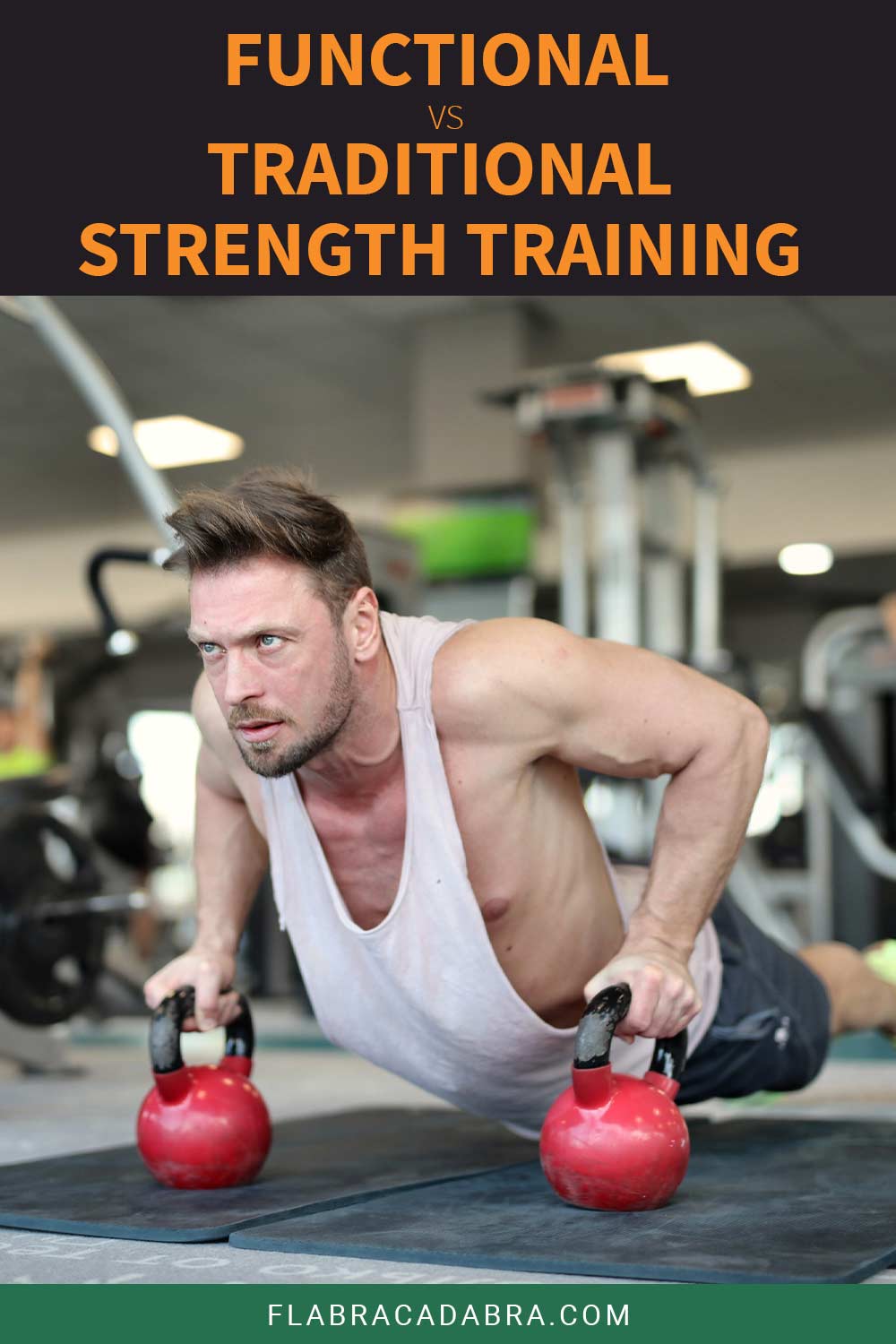Bicep curls, bench presses, and squats can get pretty dull after a while. What if there was a way to mix things up and still achieve your fitness goal?
That’s where functional strength training comes into the picture! Functional strength training is a type of exercise that focuses on movements that mimic everyday activities.
Whereas in contrast, traditional strength training typically isolates individual muscle groups with exercises like leg extensions or triceps pushdowns.
So which is better – functional or traditional strength training? We’re going to dive deeper into the difference between the two and the benefits of each in order to help try to answer that question.
So if you’re ready and trying to figure out whether functional or traditional strength training is for you, keep reading. We hope to help you with that decision!
What are the Similarities?
In order to really dive deep into this topic, you have to look at not only the differences but the similarities. And the truth is while functional and traditional strength training may have their differences, there are some key similarities between the two.
Both types of training aim to improve strength, endurance, and overall fitness. Here are a few other similarities:
- Both require the use of weights or resistance to challenge your muscles.
- Thinking about that form and technique are key in each of these disciplines.
- They are easily tailored to meet your individual fitness goals.
- Most find both of them enjoyable, and they offer a wealth of benefits.
What are the Differences?
So now that we looked at the similarities, let’s take a look at the differences between each of these disciplines. Here are the key differences:
- The focus of each type is very different. Traditional strength training’s goal is to increase muscle size and strength in those areas. On the other hand, functional strength training’s goal is to improve strength and coordination.
- The types of exercises in each vary greatly. Traditional strength training often involves using machines or freeways to highlight specific muscle groups.
On the other hand, functional strength training may involve bodyweight exercises, resistance bands, or unconventional tools like kettlebells or sandbags.
- The way those exercises are performed also differs. With traditional strength training, you often do the movements slowly and with a controlled focus on proper form and technique.
Functional strength training may involve more dynamic movements that require balance, coordination, and agility.
- Traditional strength training often comes with building muscle mass and increased strength in specific areas of the body. Functional strength effectively improves fitness and athleticism and reduces the risk of injury in everyday activities.
Pros and Cons: Functional vs. Traditional Strength Training
In order to really decide whether functional or traditional strength training, a good pros and cons list is never a bad thing. So here are the pros and cons of each of these types of strength training.
Functional Strength Training
Pros:
- Improved overall fitness
- Reduced risk of injury
- More engaging
Cons:
- Requires more space
- It may not build muscle as effectively
- Requires more skills
Traditional Strength Training
Pros:
- Effective at building muscle
- Can be done with minimal equipment
- Creates focus on proper form and technique
Cons:
- It can be a bit boring
- It may not translate to real-life movements
- Many find it intimidating
Which One is More Beginner-Friendly?
When it comes to beginner friendliness, traditional strength training may be a bit more approachable than functional training.
There are many reasons for this, but one of the biggest reasons is that traditional strength training exercises are more straightforward to learn. Another factor to consider is the equipment needed for each type of training.
Traditional training could be done with minimal equipment. However, functional training sometimes requires more specialized equipment like sandbags or kettlebells. That being said, both types of training can be beginner friendly with the right approach.
Which One Gets Better or Faster Results?
When you’re trying to switch up your fitness routine, understanding the methods that will get you better and faster results may be key to you.
Both options can be very effective when it comes to getting results, but the speed and type of results may vary depending on your particular goals.
Ultimately the choice, as we have said, is really up to your goals and preferences. You need to choose the type of train that aligns with you and that you will be able to stick with.
Final Thoughts on Functional Vs. Traditional Strength Training
Both functional and traditional strength training has benefits and drawbacks. No your level of expertise, it’s critical to pick the training that most closely corresponds to your needs and personal goals.
There is no one universal solution to strength training. Instead, you must determine the approach that works best for you and advances your fitness objectives. Experimenting with various exercise training techniques makes this simple to achieve.

